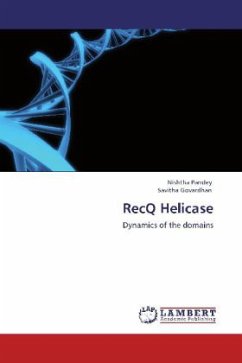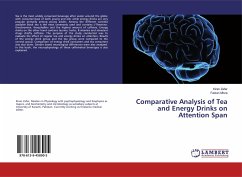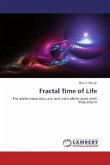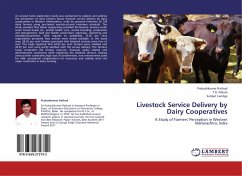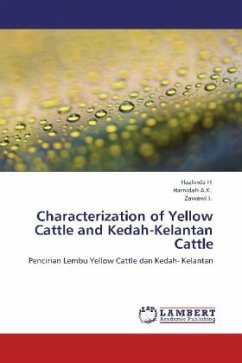RecQ helicase is a member of helicase superfamily2;the enzyme consists of multiple conserved domains viz,the catalytic core domain (helicase domain and RecQ C-terminal domain) and the HRDC domain.Structures of the individual domains for E.coli are available in the PDB but,complete structure of the protein is not available.We have tried to construct the structure of E.coli RecQ protein by homology modeling and docked the protein to a DNA substrate.Molecular dynamics(MD) simulations of RecQ protein and its complex with DNA were carried out to understand the mode of action of protein.MD simulation of RecQ was found to be stable over a 5ns simulation time suggesting that the structure generated by homology modeling is a stable and favourable conformational state.The RecQ-DNA complex structure simulation displayed interesting dynamics suggesting that the protein has inherent flexibility which manifests itself as domain movements upon substrate binding.Our simulation suggests that DNA binding induces the catalytic core region to open up by hinge motion.We propose that this movement draws energy from ATP hydrolysis and helps translocate the enzyme along the DNA backbone like an inchworm.
Bitte wählen Sie Ihr Anliegen aus.
Rechnungen
Retourenschein anfordern
Bestellstatus
Storno

